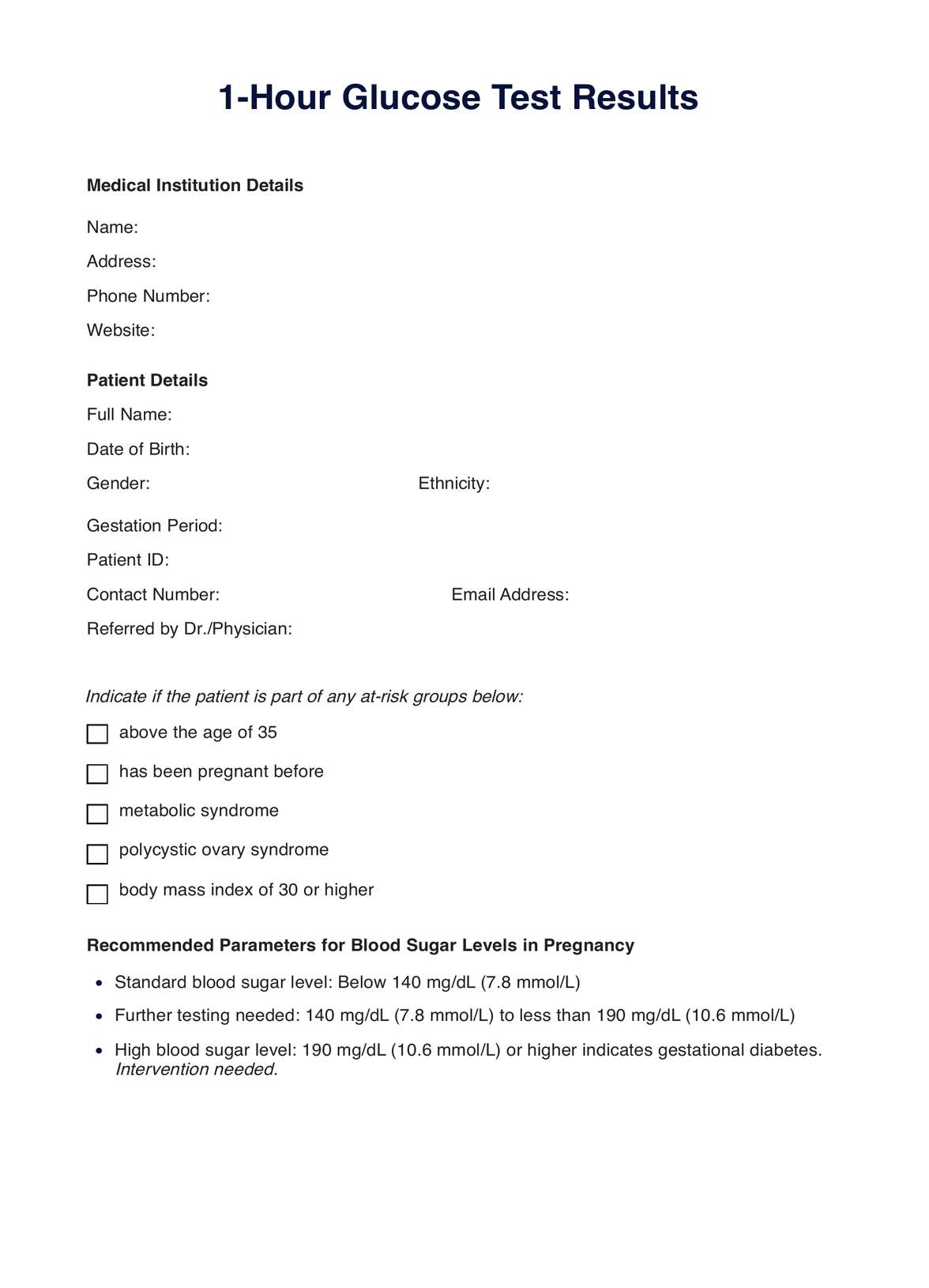1-hour glucose tolerance tests are typically requested by healthcare providers, including doctors, endocrinologists, and midwives, to monitor the blood sugar control of pregnant patients with a risk of gestational diabetes.

Accurate 1 hour glucose tolerance test results are incredibly valuable for pregnant patients and their children. Use this guide to decipher the results.
1-hour glucose tolerance tests are typically requested by healthcare providers, including doctors, endocrinologists, and midwives, to monitor the blood sugar control of pregnant patients with a risk of gestational diabetes.
1-hour glucose tolerance tests are used when a relatively non-intrusive and quick assessment of blood sugar control is needed, for pregnant patients, this is typically within the second trimester.
A 1 hour glucose tolerance test involves the pregnant patient consuming a glucose-rich drink and having their blood sugar levels measured an hour after consumption. The results are compared to the glucose level parameters and a diagnosis can be made.
EHR and practice management software
*No credit card required
Free
$0/usd
Unlimited clients
Telehealth
1GB of storage
Client portal text
Automated billing and online payments